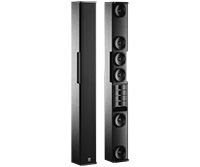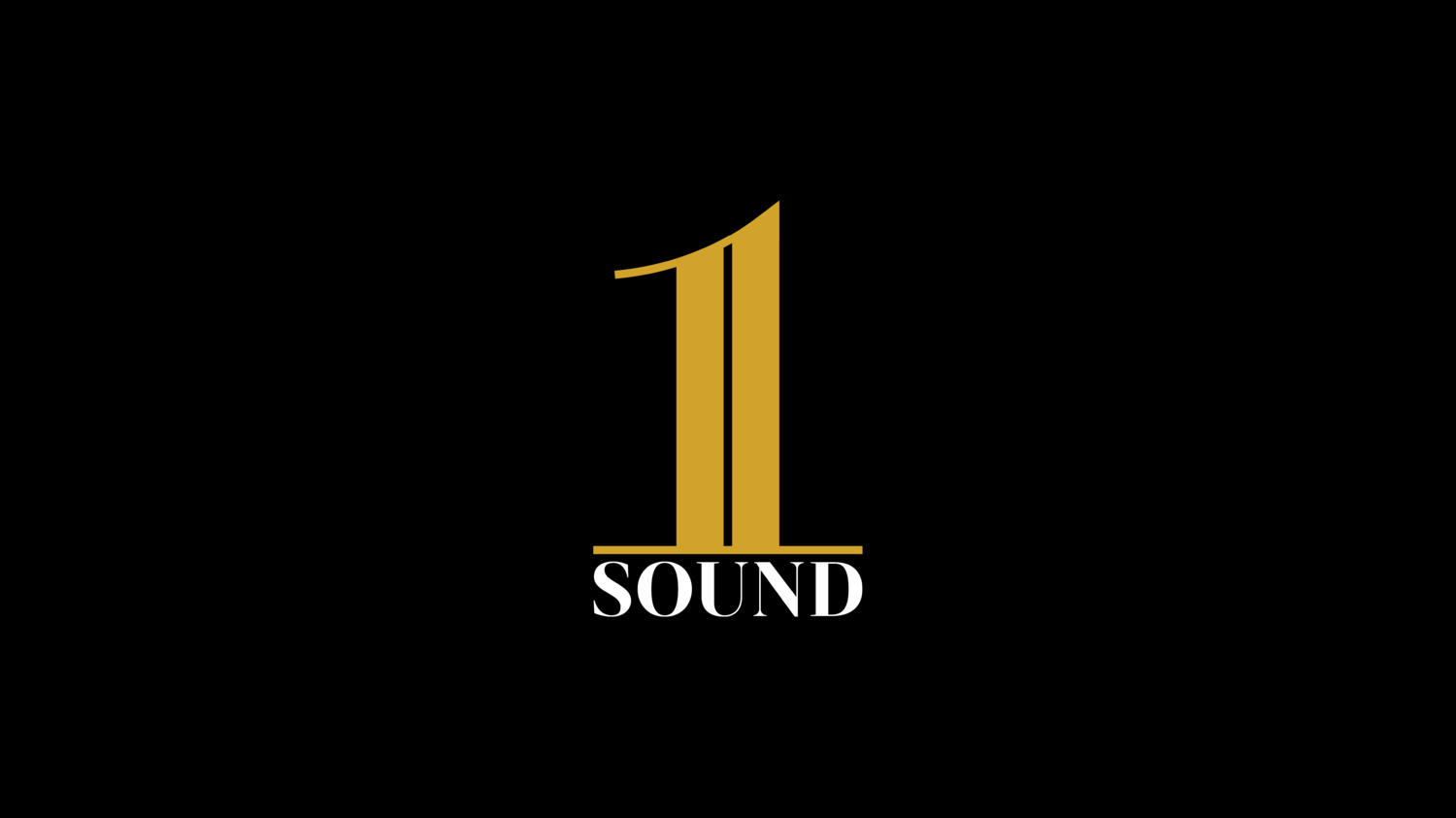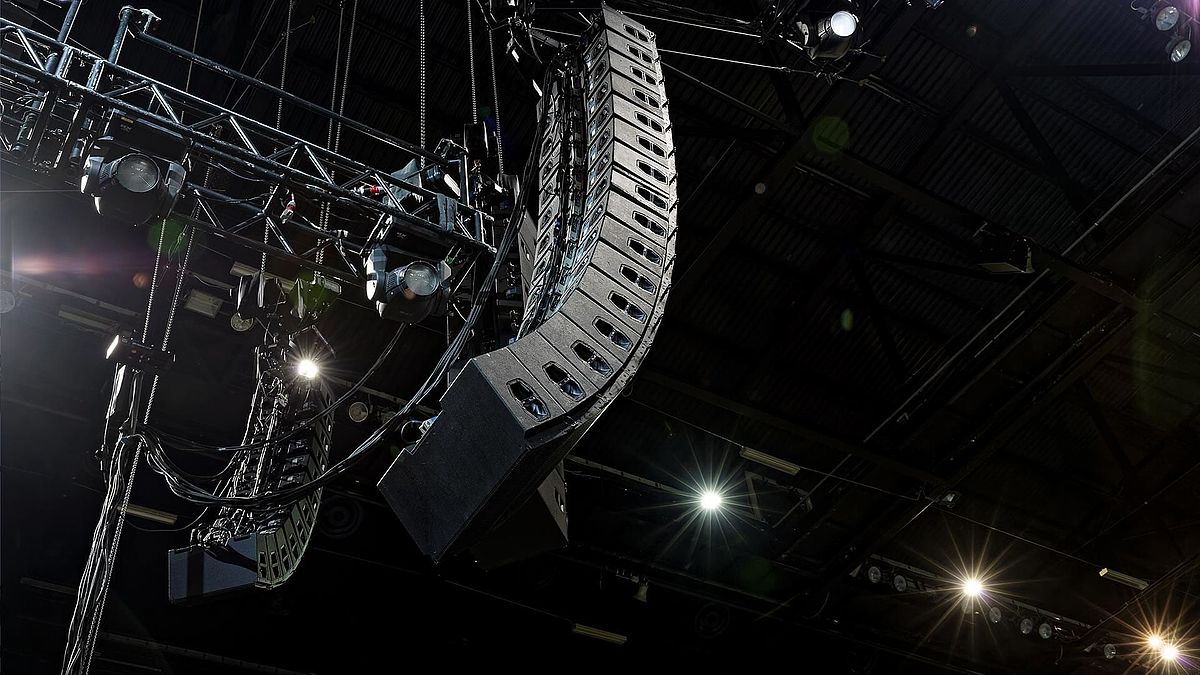Hello,
controlled directivity from 150Hz to 20kHz with a slim column speaker, cardioid from the mids to the bass, adjustable high frequency dispersion and lots of headroom. If that sounds interesting to you have a look at the Kling & Freitag PIA M.
Homepage:

 www.kling-freitag.com
www.kling-freitag.com
Datasheet:
Despite the PA design the speaker might be a very good option to build a very good stereo or multichannel hifi system with higher listening distance if you can avoid the pa speaker/ amp hiss.
The price is about 3200€ per speaker and an appropriate amp is needed to unlock all features (if my understanding is correct). It isn't cheap but reasonable. PA prices and innovation are way better than hifi prices and innovation. Let's hope for some trickle down effects...
Best
Thomas
controlled directivity from 150Hz to 20kHz with a slim column speaker, cardioid from the mids to the bass, adjustable high frequency dispersion and lots of headroom. If that sounds interesting to you have a look at the Kling & Freitag PIA M.
Homepage:

PIA M - Kling & Freitag Sound Systems
 www.kling-freitag.com
www.kling-freitag.com
Datasheet:
Despite the PA design the speaker might be a very good option to build a very good stereo or multichannel hifi system with higher listening distance if you can avoid the pa speaker/ amp hiss.
The price is about 3200€ per speaker and an appropriate amp is needed to unlock all features (if my understanding is correct). It isn't cheap but reasonable. PA prices and innovation are way better than hifi prices and innovation. Let's hope for some trickle down effects...
Best
Thomas
Last edited:



